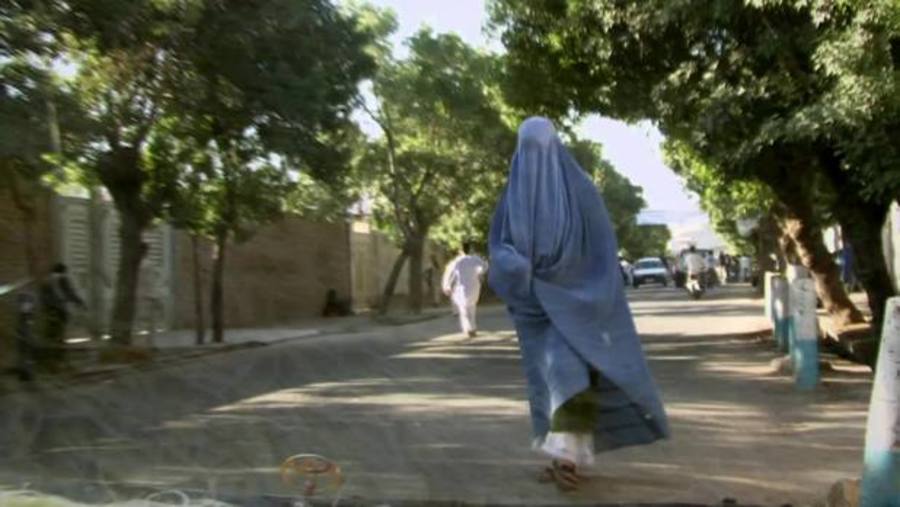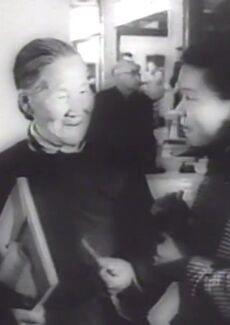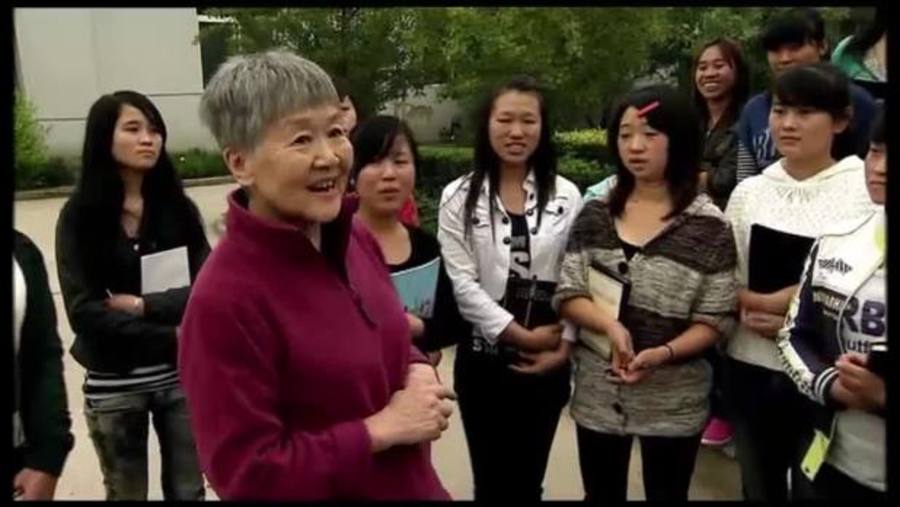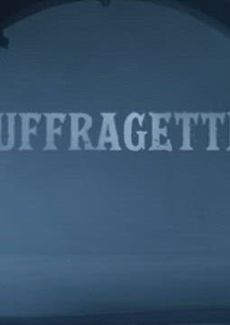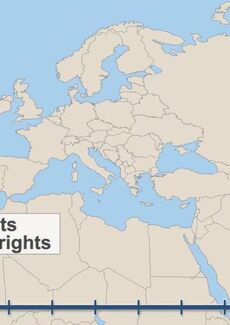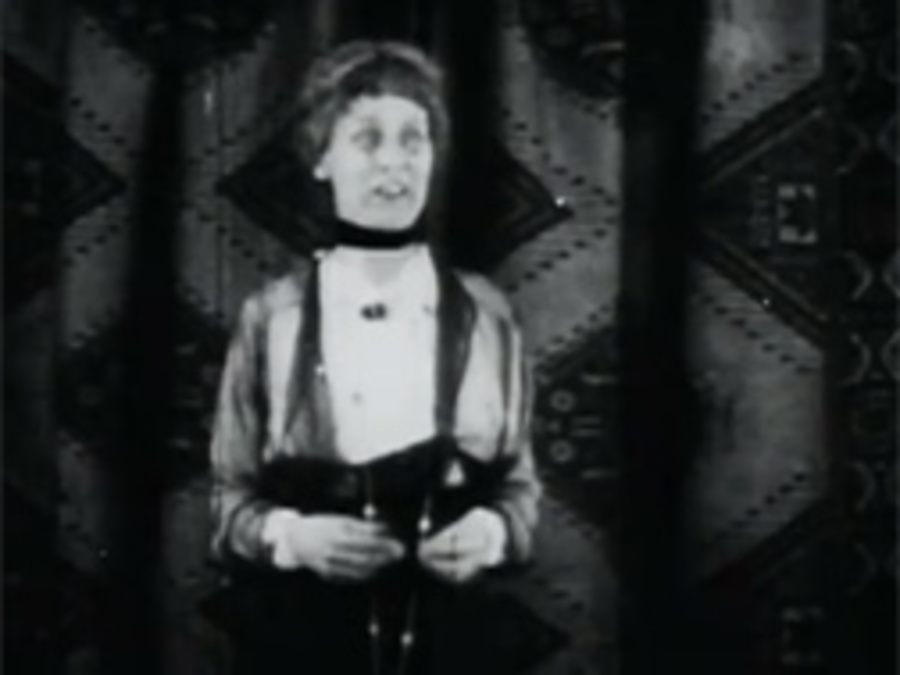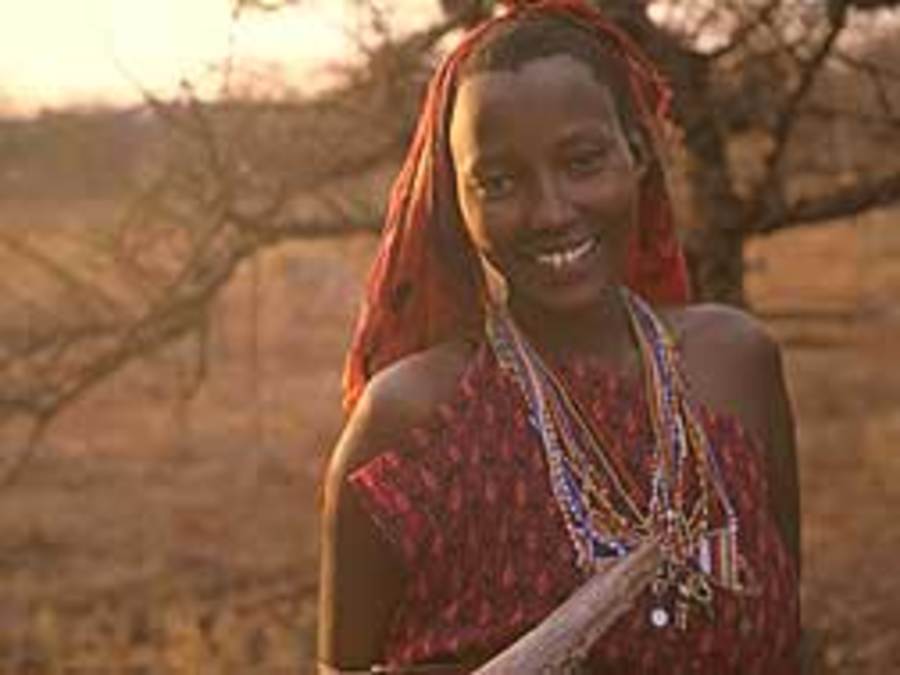 Try these videos to get started. Must be on campus or login with your COM account for off campus access.
Try these videos to get started. Must be on campus or login with your COM account for off campus access.
Want more on finding media? Try Articles & Media.
-
Blue Ghosts: Women’s Rights in Afghanistan (55:17)
After the September 11 attacks the U.S. began bombing Afghanistan, citing the liberation of the region’s women as part of the justification for Operation Enduring Freedom. Five weeks later Laura Bush triumphantly stated that “because of our recent gains in Afghanistan, women are no longer imprisoned in their homes.” But had anything really changed? As Suraya Pakzad, director of Afghan Voice of Women put it, “Village men will still trade a daughter for a dog.” In this powerful program Pakzad discusses her country’s ongoing struggle for women’s rights. Viewers also hear from Western policy experts, and from male Afghan officials who deny that social, educational, and economic discrimination against the female half of their population remains a problem.
-
Her Story: The Female Revolution Series
Over the past few decades, life for many women across the globe has changed beyond all recognition. This fascinating series explores how, from the highest echelons of society, to the lowest rungs of the global ladder, a quiet revolution has been taking place. Women today have the power of self-determination; the autonomy to choose their own life paths and identities, rather than those enforced on them. And while there is still oppression and repression from West to East, females the world over are grasping opportunities denied to those who went before them.
-
-
Inside China 8: Education and Women's Rights (25:59)
The communist revolution gave women theoretical equality, but centuries-old oppressions still persist in China. This program discusses such topics relating to women as China's “one child” policy and the growing number of women in universities in China.
-
Suffragettes - United Kingdom (50:32)
2018 marks 100 years since the first women over the age of 30, who owned property, were allowed to vote in the UK. But the fight for the vote was about more than the Pankhurst family or Emily Davison's fateful collision with the king’s horse. In this dramatized documentary, popular historian Lucy Worsley tells the story of a group of less well known, but equally astonishing, young working-class suffragettes who decided to go against every rule and expectation that Edwardian society had about them. Lucy and her group of suffragettes from the Women’s Social Political Union reveal how women got the vote through their brave, trailblazing and often dangerous activities. Lucy looks at the role of politics, police and parliament in the partial enfranchisement of women in 1918, followed by the coalition of groups who successfully achieved the vote for all women over 21 some ten years later.
-
Timeline Of Women's Voting Rights (3:00)
Video timeline showing when women gained the right to vote across the world (BSE version). Woman suffrage, women's suffrage, suffrage movement, women's rights, enfranchisement.
-
What 80 Million Women Want (56:00)
The women's suffrage movement inspired this 1913 silent film classic, which features appearances by equal rights crusaders Emmeline Pankhurst and Harriot Stanton Blatch. As politicos work to deny women the right to vote, a young lawyer tells his activist girlfriend of government corruption that actively seeks to ensure that her voice is never heard. Douglass Dumbrille, Ronald Everett, and George Henry star.
-
Women's Liberation in the 20th Century (26:00)
From the end of the 19th century, the women of the European countries energetically demand the right to vote, better working conditions, and education, just like the Suffragette movement in England. Despite some progress, results are slow to come when the year 1914 dawns. But with the lack of a male workforce, gone off to the war, factories are forced to employ women in positions traditionally occupied by men. The image of the world of work has changed definitively and forever. Once the First World War ends, women finally and gradually obtain the rights they were demanding. The Roaring Twenties and the post-war libertarian movements usher in this wind of freedom. Female emancipation brings a liberation and a consideration for the body and well-being of the woman as an individual. Many women politicians and artists emerge and are able to express their creativity and opinions in total freedom and especially with total legality, continuing the struggle for equality of the sexes.
-
Women's Rights (26:00)
Despite the progress of the international women’s movement in exposing and correcting human rights abuses against females, in many countries women are still fighting to attain the most basic of civil liberties. This program contextualizes that struggle by comparing women’s rights in the U.S. with the status of women in China, Afghanistan, and Kenya. Hopeful signs such as rising levels of education for girls, female representation in government, and business opportunities for women are contrasted with the continuing practice of age-old antithetical abuses that have yet to be eliminated—nonconsensual marriage and severe domestic violence, to name two—and the demoralizing effect of seeing hard-won rights overturned. Some content may be objectionable.
![]() Try these videos to get started. Must be on campus or login with your COM account for off campus access.
Try these videos to get started. Must be on campus or login with your COM account for off campus access.